In the first part of our series, “SMAM: Transforming Agriculture,” we embarked on a fascinating journey through India’s agricultural revolution, highlighted by the Sub-Mission on Agriculture Mechanization (SMAM) and its allied sustainable farming practices. As we continue our exploration in Part II, we shift our lens to the critical aspects of rural employment and cutting-edge farming techniques. These elements are not just complementary to SMAM but are pivotal in sculpting the future landscape of Indian agriculture, especially in terms of economic sustainability and technological innovation.
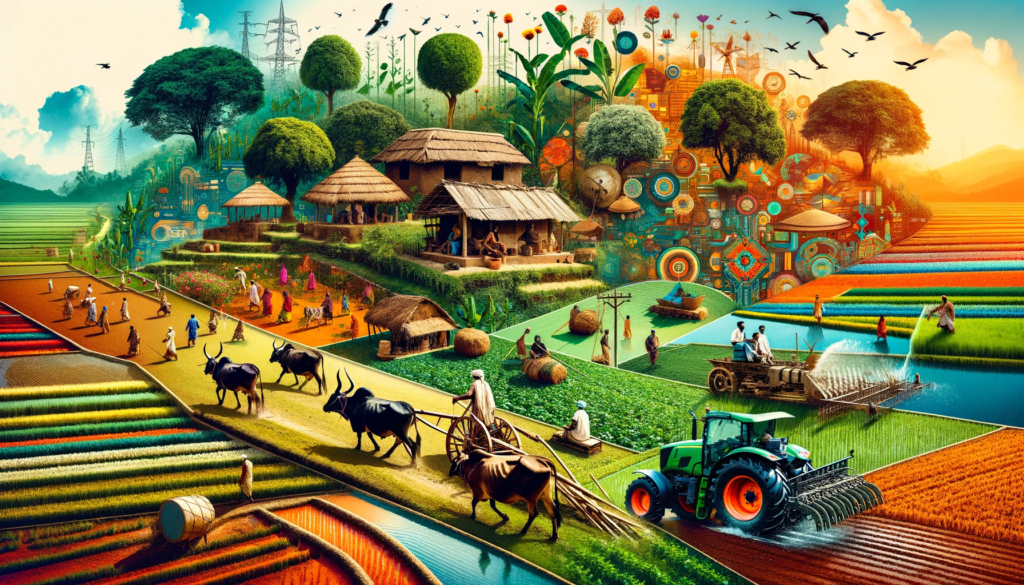
Section 1: MGNREGA – A Cornerstone of Rural Employment
The Mahatma Gandhi National Rural Employment Guarantee Act (MGNREGA) represents a cornerstone in India’s strategy to bolster rural employment and sustain agricultural communities. This groundbreaking program is not just a safety net; it’s a lifeline for millions. By guaranteeing 100 days of wage employment annually to rural households, MGNREGA mitigates the unpredictability of agricultural work. This initiative is particularly crucial during non-harvest seasons, providing stable income and preventing migration to cities. Moreover, the work undertaken through MGNREGA, such as irrigation projects, road construction, and land development, directly contributes to improving agricultural infrastructure, thereby creating a synergistic effect with SMAM’s objectives.
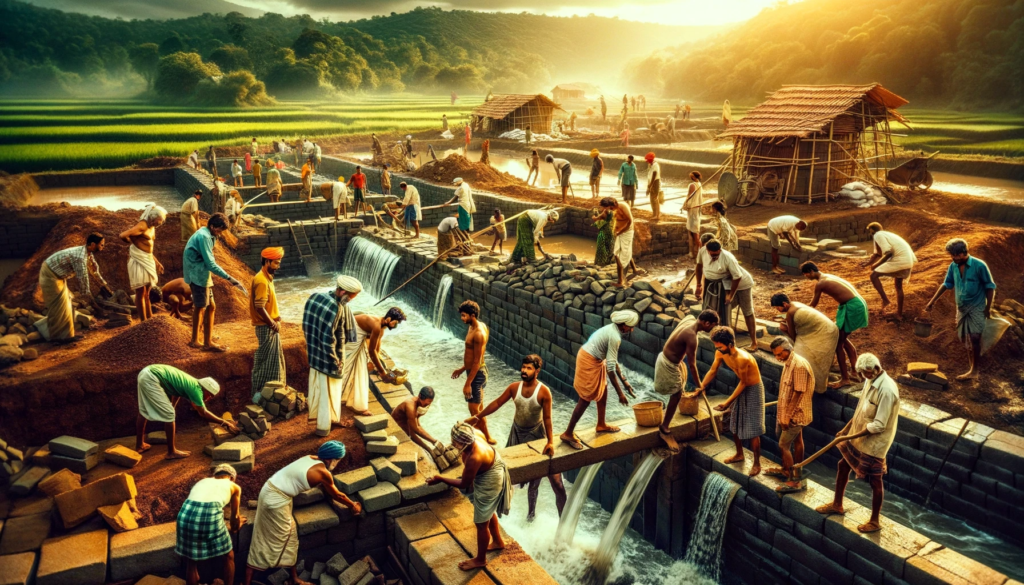
Section 2: Vertical Farming – The Future of Agriculture
As we turn to urban landscapes, vertical farming emerges as a revolutionary approach, redefining the concept of space and resource utilization in agriculture. This innovative method involves cultivating crops in vertically stacked layers, often within controlled environments. It’s a game-changer for urban areas where space is a premium. By leveraging techniques like hydroponics and aeroponics, vertical farming not only reduces the need for land but also dramatically cuts down water usage and eliminates the need for pesticides. This approach aligns seamlessly with the sustainable goals championed by SMAM, representing a leap toward a future where agricultural efficiency and environmental consciousness coexist. Urban centers adopting vertical farming are a testament to India’s commitment to embracing agricultural technology that can feed its burgeoning urban populations sustainably.
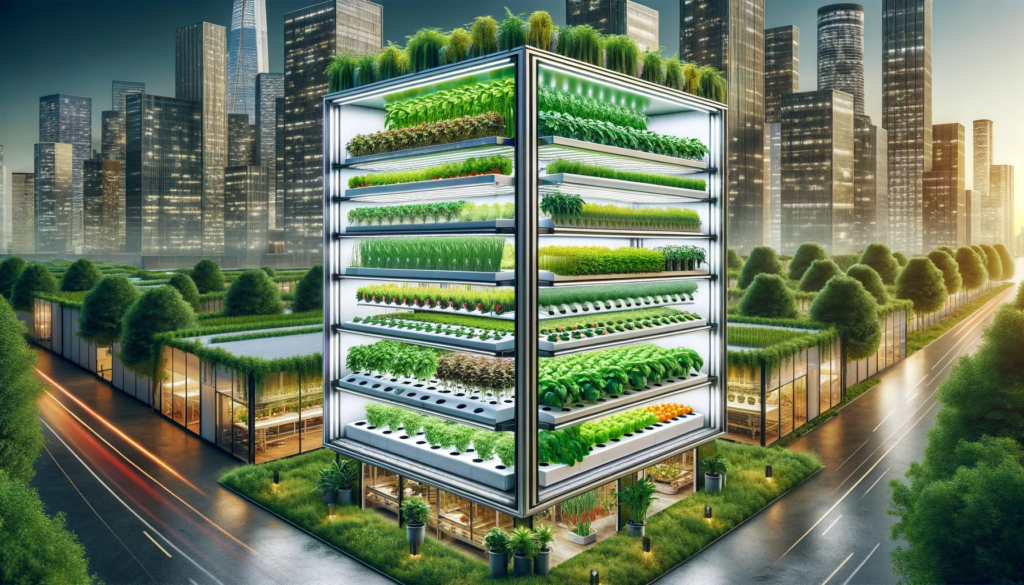
Section 3: Welfare Schemes – Supporting the Agrarian Community
In the landscape of Indian agriculture and rural development, welfare schemes play a pivotal role. Two key initiatives stand out in their commitment to supporting the agrarian community: the Atal Pension Yojana and the Pradhan Mantri Garib Kalyan Yojana (PMGKY).
Atal Pension Yojana This scheme is a beacon of hope for many in the unorganized sector, particularly aging farmers and rural workers. By ensuring a steady pension, the Atal Pension Yojana not only provides financial security in the later years of life but also acknowledges and honors the contributions these individuals make to the economy throughout their working lives. In a country where a significant portion of the workforce is engaged in agriculture and related activities, this scheme offers a much-needed safety net, ensuring that the elderly can lead a dignified life without financial anxieties.
Pradhan Mantri Garib Kalyan Yojana (PMGKY) PMGKY, on the other hand, is a comprehensive social welfare scheme designed to provide immediate relief and support to the poorest and most vulnerable sections of society. Its significance was particularly highlighted during the COVID-19 pandemic when the scheme was instrumental in delivering essential services and financial assistance to millions. From food security to direct cash transfers, PMGKY has been a crucial element in mitigating the hardships faced by the underprivileged, thereby playing a vital role in maintaining the social fabric of rural communities.
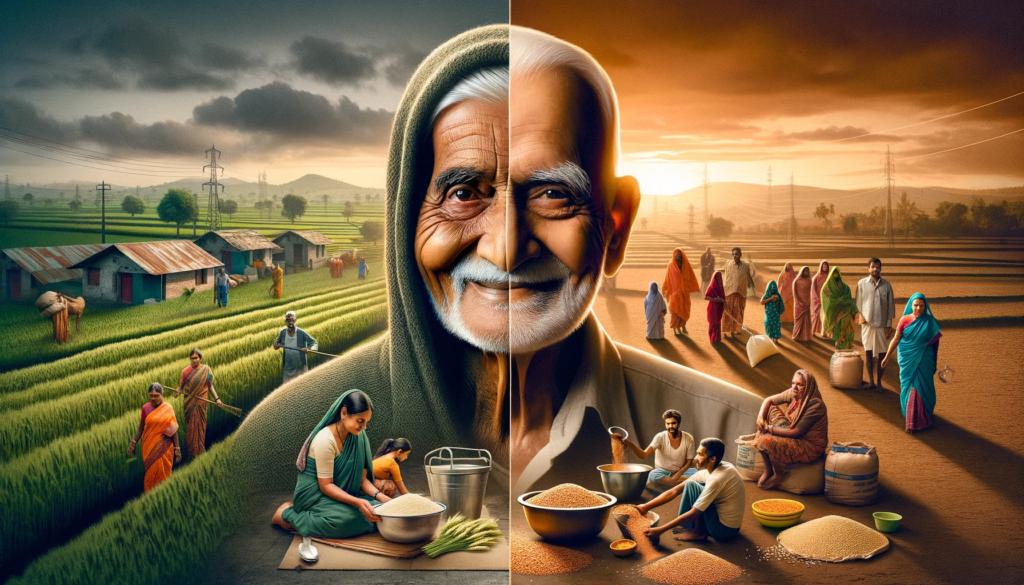
Conclusion
As we wrap up Part II of our series on ‘SMAM: Transforming Agriculture,’ it becomes increasingly clear that the initiatives we’ve explored are not standalone efforts. Instead, they represent interconnected cogs in a larger mechanism driving India’s agricultural and rural transformation. From the employment opportunities generated by MGNREGA to the innovative practices of vertical farming, and the safety net provided by welfare schemes like the Atal Pension Yojana and PMGKY, each initiative contributes to a more resilient, sustainable, and prosperous agricultural sector.
This series has not only highlighted the various facets of India’s agrarian revolution but has also underscored the holistic approach needed to address the diverse challenges of this vital sector. As we look toward the future, it’s evident that the continued success and evolution of Indian agriculture will depend on the synergistic efforts of these diverse yet interconnected initiatives.
Author’s Note
Thank you for following this two-part series on the transformation of Indian agriculture. Your engagement and insights are invaluable as we continue to explore and understand the evolving landscape of India’s agrarian economy. Your comments and thoughts are warmly welcomed.
G. C., Ecosociosphere contributor.
References

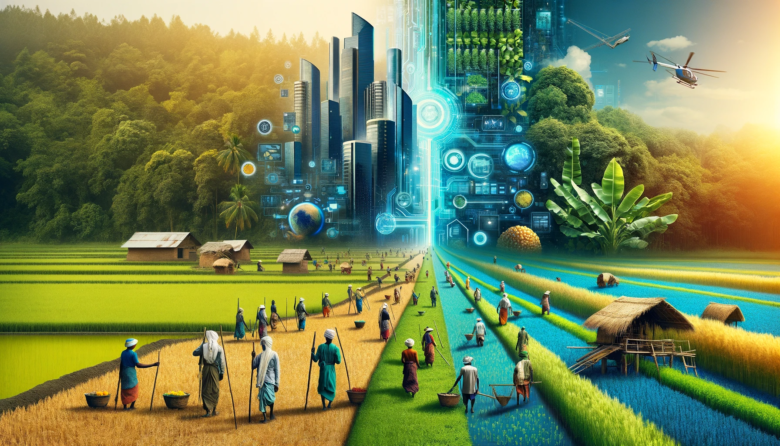
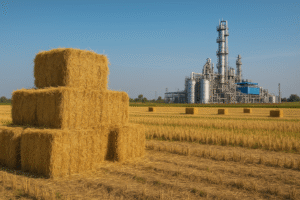
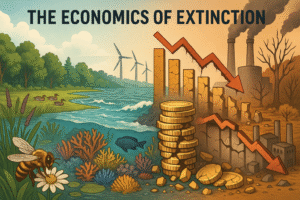
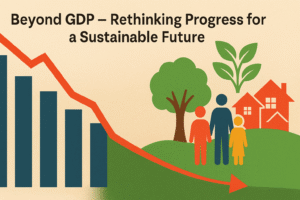
Comments
I don’t think the title of your article matches the content lol. Just kidding, mainly because I had some doubts after reading the article.
Thanks for sharing. I read many of your blog posts, cool, your blog is very good.
Your article helped me a lot, is there any more related content? Thanks!
Thank you for your sharing. I am worried that I lack creative ideas. It is your article that makes me full of hope. Thank you. But, I have a question, can you help me?
Your point of view caught my eye and was very interesting. Thanks. I have a question for you.
Your point of view caught my eye and was very interesting. Thanks. I have a question for you.
Can you be more specific about the content of your article? After reading it, I still have some doubts. Hope you can help me.